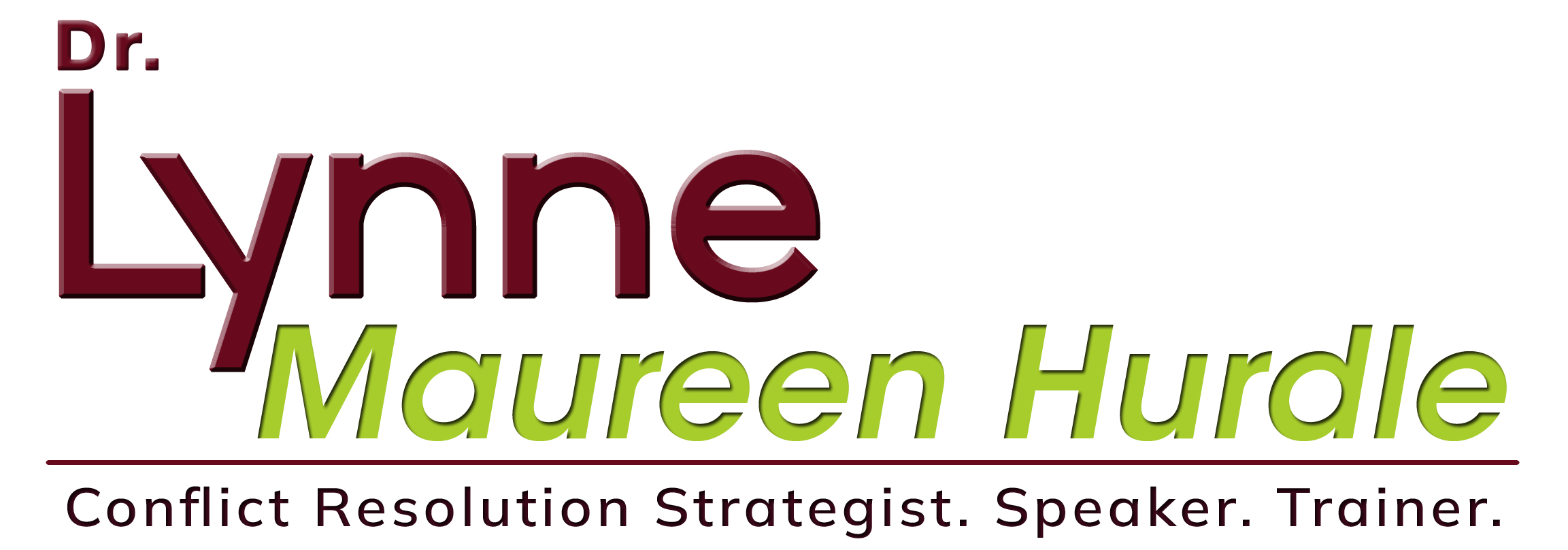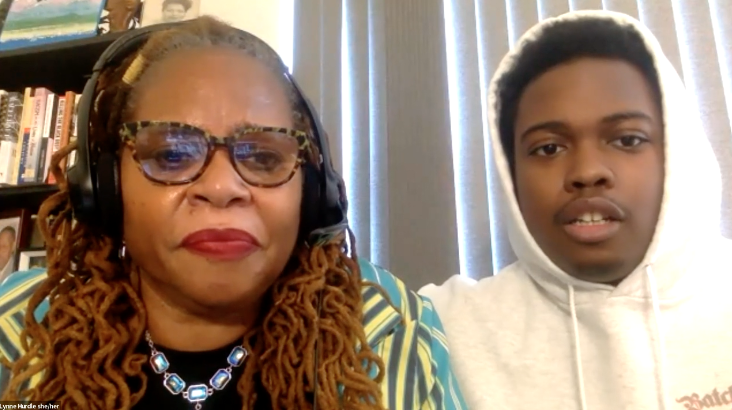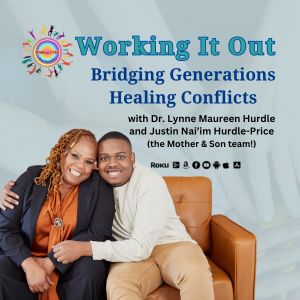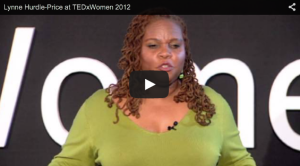Summing up the Summit
In 1975, I was 17 years old and living with my parents and my older sister in the Bronx. I rode the city bus to and from school and one day, when I was about a mile away from home, I noticed that the bus driver did not open the doors when we pulled up to a bus stop.
I looked through the front window and saw a mob of young white males wearing red bandanas on their heads charging towards us. They looked to be around 50 in number.
They surrounded the bus and started screaming that they were going to get the Ni***rs.
It was right at this moment that I noticed two things that terrified me.
First was that, the bus driver, a teenage male and myself were the only black people on the bus.
The second was the baseball bats they were using to hit the sides of the bus while demanding we come out.
When the bus driver held his ground and refused to open the door, the mob began to try and tip the bus over. The only thing that saved us was the arrival of another bus across the street filled with African-American teenagers.
The mob ran across the street and I jumped off the bus with the other teenager. He was terrified, not only because of this horrifying incident, but also because this was his first week living in this area.
Welcome to the neighborhood kid.
This is the kind of racist episode that most of us are used to talking about. This is how racism shows up in individual incidents that do not get connected to the ways in which racism is systemic and structural.
My idea for the On the Matter of Race Summit was to gather a group of experts to have conversations about the ways in which racism affects the lives of Black, Brown, Indigenous, Latinx and Asian people because of the system that we all grow up in that racism is embedded in.
So many nuggets were dropped that provided food for thought, pause and questions.
Justin Hurdle-Price said “as a young Black man, showing me respect means I’m worthy of a second look.” As his mother that cut me to the core. I know that he is worthy of a first look that does not incorporate any of the stereotypes and preconceived notions of what a young Black man is. But his take on this is real.
Jamel Nedderman’s voice was heard loud and clear when he said that “a 13-year-old Black boy is a 13-year-old boy who is going to make mistakes and the consequences should fit those for a 13-year-old boy not a grown man.” His reflections on how we punish according to race has implications for us all.
Landen Paikai’s revelation that “by 2040 it is predicted that there will be no native Hawaiians in Hawaii,” presents strongly the loss of an entire culture due to the historic practices of taking land, forbidding the use of native tongue and cultural practices due to a system that sees no use for them.
Dr. Linda Lausell Bryant’s story of the effects of racism on her life coming from her parent’s expressed dilemma of what to do with this Brown child whose skin color would surely bring problems and shame, presented the historic ugliness of colorism created by this system.
Simone Gonyea’s pride of growing up Snipe in the Haudenosaunee Nation and living on their land knowing it starkly contrasted with the experience of her grandmother which was one of utter anguish as a result of her being sent to a boarding school meant to “take the Indian” out of Indian children sent a hush across the summit participants.
The hurt of Mira Shane sharing the experience of being proud to be bi-racial and the painful experiences of folks denying her Black father as her parent. While Naomi Raquel Enright being on the receiving end of that denial by others of her being the parent of her white appearing son added to the pain we were already feeling from Mira.
These were not easy conversations and yet they were had, because they needed to be had.
In case you are wondering how that “isolated incident” which is not at all isolated, but rather a direct result of systemic racism, ended up.
I took the other teenager to his home and then walked home from there. I remember thinking of only one thing as I walked home, “I don’t know how, but I have to do something with my life that brings people together around these issues.”
This Summit is one of the fulfillments of that thought/calling. What about you? What will you think about as a direct result of this blog? What thoughts will propel you to act?
If the action you want to take is to hear more, then I want you to know that even though the Summit is over, we are keeping the registration link open until Friday, July 29, 2022. Sign up so that you can get the replays – https://theconflictcloser.com/summit
If the action you want to take is to join us in the next On The Matter Of Race Level 1 group here you go – https://theconflictcloser.com/matter-of-race.
The blessings in the lessons were many that will have us thinking and acting for a long time.
I hope you are on this journey to dismantle racism with us.
In Love,
Lynne





